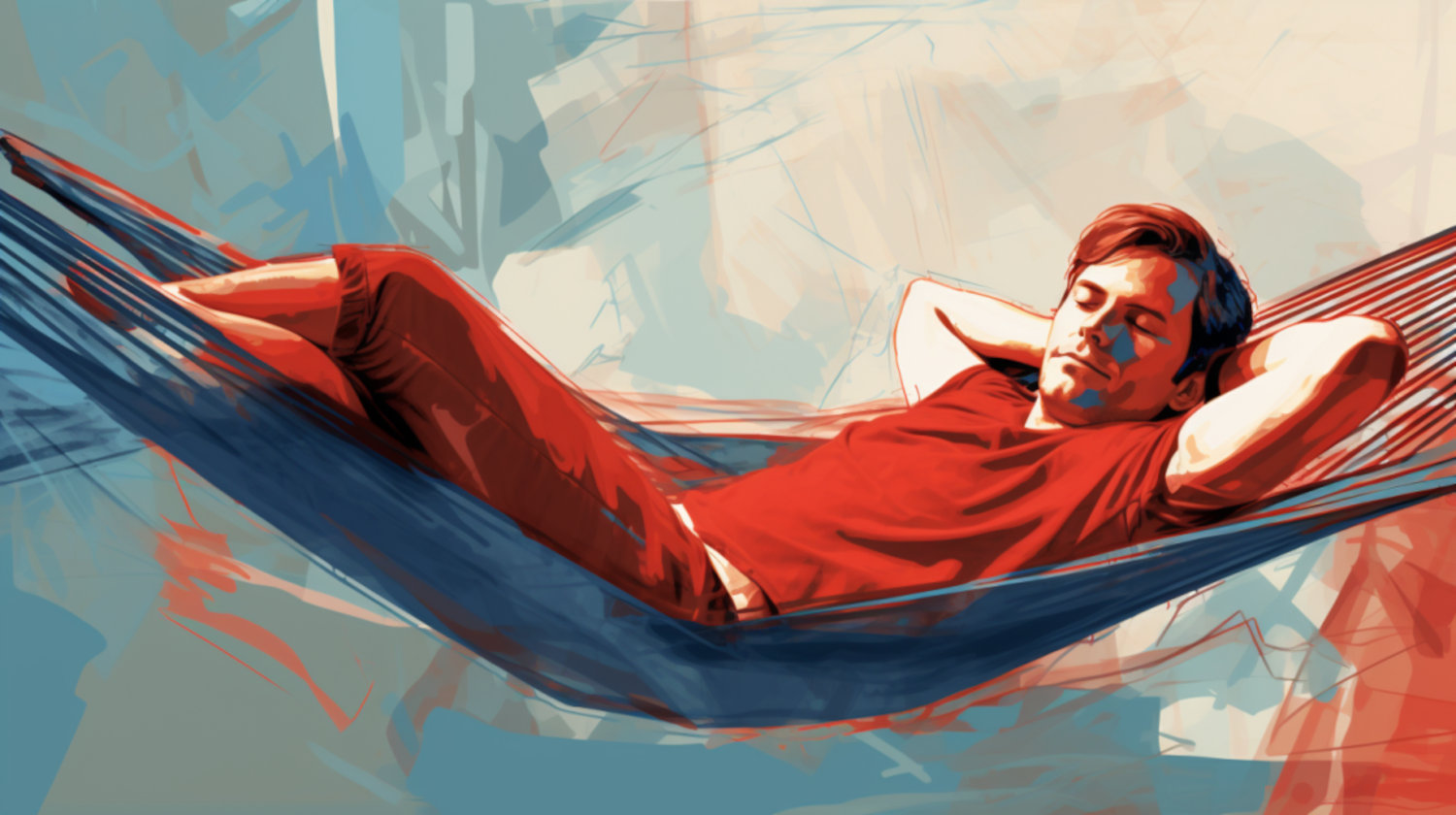In This Article
- Can Weed Help with Anxiety?
- How Does Cannabis Ease Anxiety Symptoms?
- How Effective is Cannabis, According to Patients?
- Which Terpenes Should You Avoid With Anxiety?
- What to Avoid When Choosing Strains for Anxiety
- Should Patients Choose Sativa or Indica for Anxiety?
- The 5 Worst Strains for Anxiety
- References
Key Takeaways
- At low doses THC can help with anxiety, but at high doses, it can make it worse.
- Strains high in eucalyptol, terpinene, phellandrene, and delta carene may be worst for anxiety.
- Avoid Green Crack, Chocolope, Tangerine Dream, Sour Diesel, and Trainwreck for anxiety.
Anxiety is one of the numerous conditions that cannabis may offer remedial benefits against. Not all strains deliver the same relief, though, and results can vary widely for different consumers. And with over 700 unique strains (and growing) existing in the cannabis field, many patients may feel anxious when choosing the best strain.
To get the desired relief from feelings of anxiety or stress, it's important to understand which strains have shown promise among other patients. And to avoid unwanted results, it's imperative to know which are the worst strains for anxiety that should be avoided.
Can Weed Help with Anxiety?
To avoid the unnecessary complications of anxiety, such as depression, insomnia, breathing difficulties, and panic attacks, some patients try cannabis.
For many consumers, cannabis may be a suitable remedy for anxiety, as it harbors natural anti-anxiety properties. But some cultivars, particularly at high doses of THC, may cause anxiety or have adverse effects like paranoia.
How Does Cannabis Ease Anxiety Symptoms?
Current research suggests that certain cannabis strains may regulate anxiety and mood disorders via activation of the CB1, CB2, and serotonin receptors. Depending on the presence of certain cannabinoids and terpenes within a strain that may interact with these receptors in various ways, cannabis may help ease anxiety symptoms.
For example, the peppery terpene β-Caryophyllene can activate this CB2 receptor, with research proving that it produces anti-anxiety effects when given to mice. In addition, the potential for CBD to reduce anxiety may be attributed to its activation of the serotonin receptor, but also its ability to produce anandamide to activate the CB1 receptor, which may reduce fear responses.1
How Effective is Cannabis, According to Patients?
Based on the research that has already been published, not all types of cannabis help with anxiety symptoms. Researchers note that, “Cannabis products retaining the full spectrum of cannabinoids and terpenes may provide a novel therapeutic approach for the treatment of anxiety.”2
Studies have found that in higher doses, THC may increase patients' anxiety when compared to lower doses of THC.3 Other research has revealed that CBD-dominant strains were able to reduce acute anxiety in users significantly.2
A separate study published in Cannabis and Cannabinoid Research elaborates on the anti-anxiety properties of another cannabinoid called cannabigerol or CBG. It specifically outlines how the compound affects patients, noting that while about 51% of their participants use CBG for anxiety, depending on the dose, it could reduce or increase anxiety levels.4
Which Terpenes Should You Avoid With Anxiety?

Terpenes are found in both the best and worst strains for anxiety, with each cultivar containing unique quantities of these naturally occurring compounds. Although scientific evidence proves that certain terpenes have therapeutic properties, specific compounds (and combinations of compounds) may produce adverse effects in some users.
Based on research, bad weed strains for anxiety may contain eucalyptol, terpinene, phellandrene, and delta carene. Strains with trans-nerolidol as the dominant terpene, followed by myrcene and beta-caryophyllene, are reported to reduce anxiety. In contrast, strains dominant in myrcene, followed by beta-caryophyllene and limonene, may be less effective. Studies also suggest that strains high in pinene and limonene are associated with reduced anxiety, which is backed by prior research with the same findings.2
Due to the wide variety among cannabis cultivars and the uniqueness of the endocannabinoid system, no cannabinoid or terpene combination is universally suited to aid every patient’s symptoms of anxiety, so we can’t say for sure whether a “sativa” or “indica” for anxiety is best. Rather, if you find a strain that works well for you, check the labels for access to the certificate of analysis (COA) to reveal the terpenes present in your cannabis to help you decide which strains may be best for you.
What to Avoid When Choosing Strains for Anxiety
The cannabis experience differs for everyone. It is imperative for consumers to educate themselves to avoid the worst strains for anxiety. Pay attention to some of the following factors to help reduce the risk of experiencing anxiety:
- High THC Content - Some of the worst strains for anxiety may contain high levels of THC or terpenes like terpinolene. High-THC strains may exacerbate anxiety symptoms in certain individuals, potentially causing unpleasant side effects such as increased heart rate and paranoia.2 Consider the entourage effect, too, since certain cannabinoid and terpene compositions may produce more potent effects.
- High dosage - If you prefer cannabis edibles, drinks, or capsules to traditional flower or extracts, pay attention to the dosage. THC edibles should be taken in increments of 2.5-5mg before increasing gradually after 2 hours based on the effect(s). Remember to choose a dosage based on your tolerance and desired level of symptomatic relief.
Further studies are necessary to determine the long-term effects of THC on mental health.
For cannabis inhalation, patients should begin with one inhale and wait 15 minutes. Gradually increase inhalation by one inhale every 15–30 minutes until optimum symptomatic relief is achieved.5
Should Patients Choose Sativa or Indica for Anxiety?
This common question depends on the patient's tolerance and symptom severity. Both indica and sativa cannabis varieties may positively affect anxiety patients. You may need to experiment with different strains to find what works best for you.
If you’re still unsure about what strain to choose, speak with a budtender at your local dispensary.
The 5 Worst Strains for Anxiety

We have identified five bad strains for anxiety based on patient reviews, terpenes, and cannabinoid content.
- Chocolope - Low-tolerance patients often report feeling paranoid after consuming Chocolope.
- Tangerine Dream - Consumers may want to note that smoking too much Tangerine Dream may cause couch-locking effects. Although it is sometimes touted as a clear-headed strain, high doses may do the opposite.
- Green Crack - This cannabis strain was made by merging Skunk #1 with an unknown variety. Side effects may often include dry mouth, anxiety, and paranoia.
- Sour Diesel - This popular cannabis strain is a genetic mix-up of Chemdawg and Super Skunk. Heightened paranoia, anxiety, and dizziness are some adverse side effects of this strain.
- Trainwreck - As the name implies, this strain may be a bit of a disaster for anxiety patients. Paranoia and dizziness are common in less tolerant consumers.
- Durban Poison - Low-tolerance consumers may feel anxious and paranoid after consuming this strain, which is also associated with dry mouth.
References
- Wright M, Di Ciano P, Brands B. Use of Cannabidiol for the Treatment of Anxiety: A Short Synthesis of Pre-Clinical and Clinical Evidence. Cannabis Cannabinoid Res. 2020;5(3):191-196. Published 2020 Sep 2. doi:10.1089/can.2019.0052 ↩︎
- Kamal BS, Kamal F, Lantela DE. Cannabis and the Anxiety of Fragmentation-A Systems Approach for Finding an Anxiolytic Cannabis Chemotype. Front Neurosci. 2018;12:730. Published 2018 Oct 22. doi:10.3389/fnins.2018.00730 ↩︎
- Sharpe L, Sinclair J, Kramer A, de Manincor M, Sarris J. Cannabis, a cause for anxiety? A critical appraisal of the anxiogenic and anxiolytic properties. Journal of Translational Medicine. 2020;18(1). doi:https://doi.org/10.1186/s12967-020-02518-2 ↩︎
- Russo EB, Cuttler C, Cooper ZD, Stueber A, Whiteley VL, Sexton M. Survey of Patients Employing Cannabigerol-Predominant Cannabis Preparations: Perceived Medical Effects, Adverse Events, and Withdrawal Symptoms. Cannabis and Cannabinoid Research. 2021;7(5). doi:https://doi.org/10.1089/can.2021.0058 ↩︎
- MacCallum CA, Russo EB. Practical considerations in medical cannabis administration and dosing. European Journal of Internal Medicine. 2018;49(49):12-19. doi:https://doi.org/10.1016/j.ejim.2018.01.004 ↩︎
The information in this article and any included images or charts are for educational purposes only. This information is neither a substitute for, nor does it replace, professional legal advice or medical advice, diagnosis, or treatment. If you have any concerns or questions about laws, regulations, or your health, you should always consult with an attorney, physician or other licensed professional.




